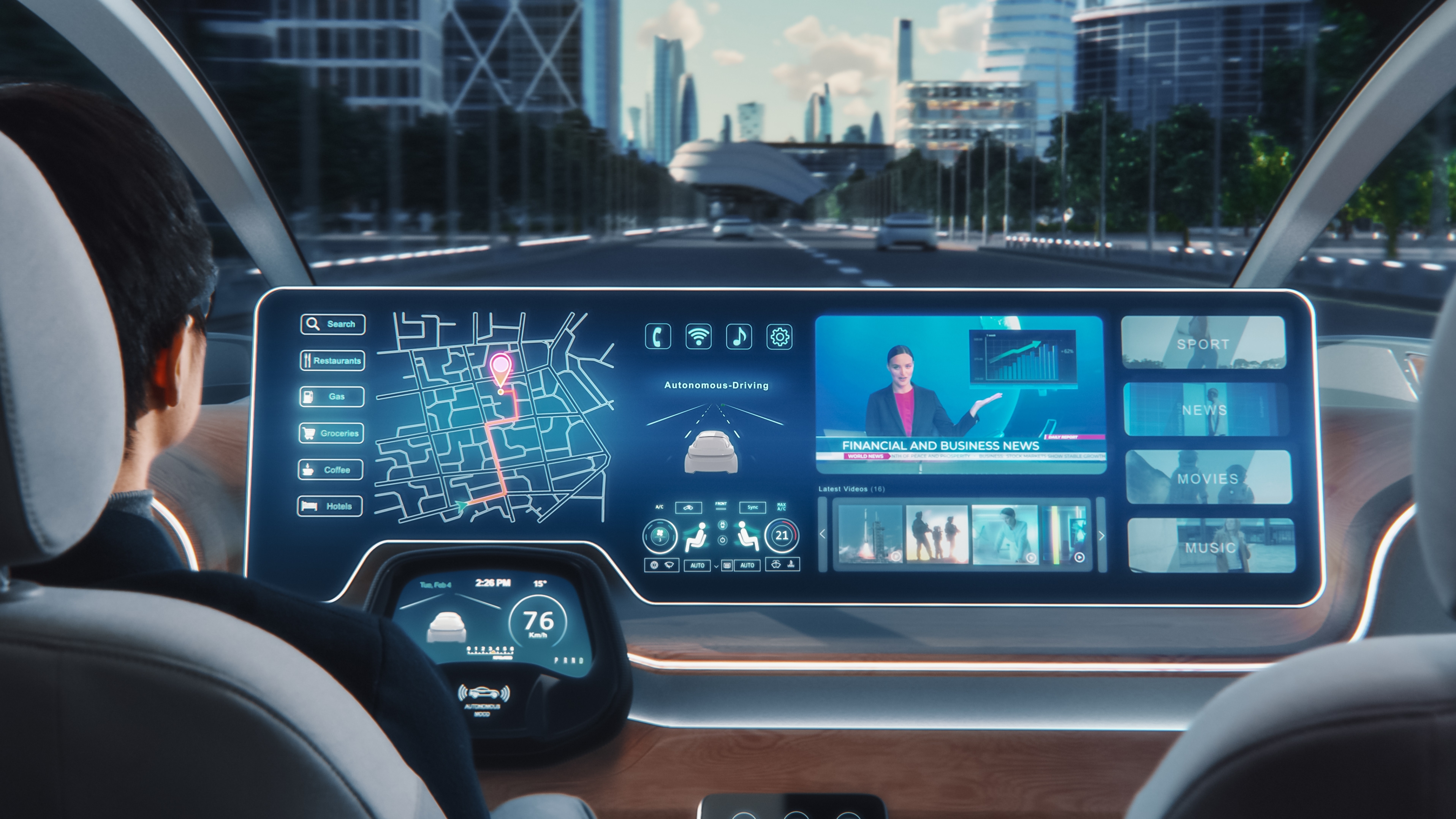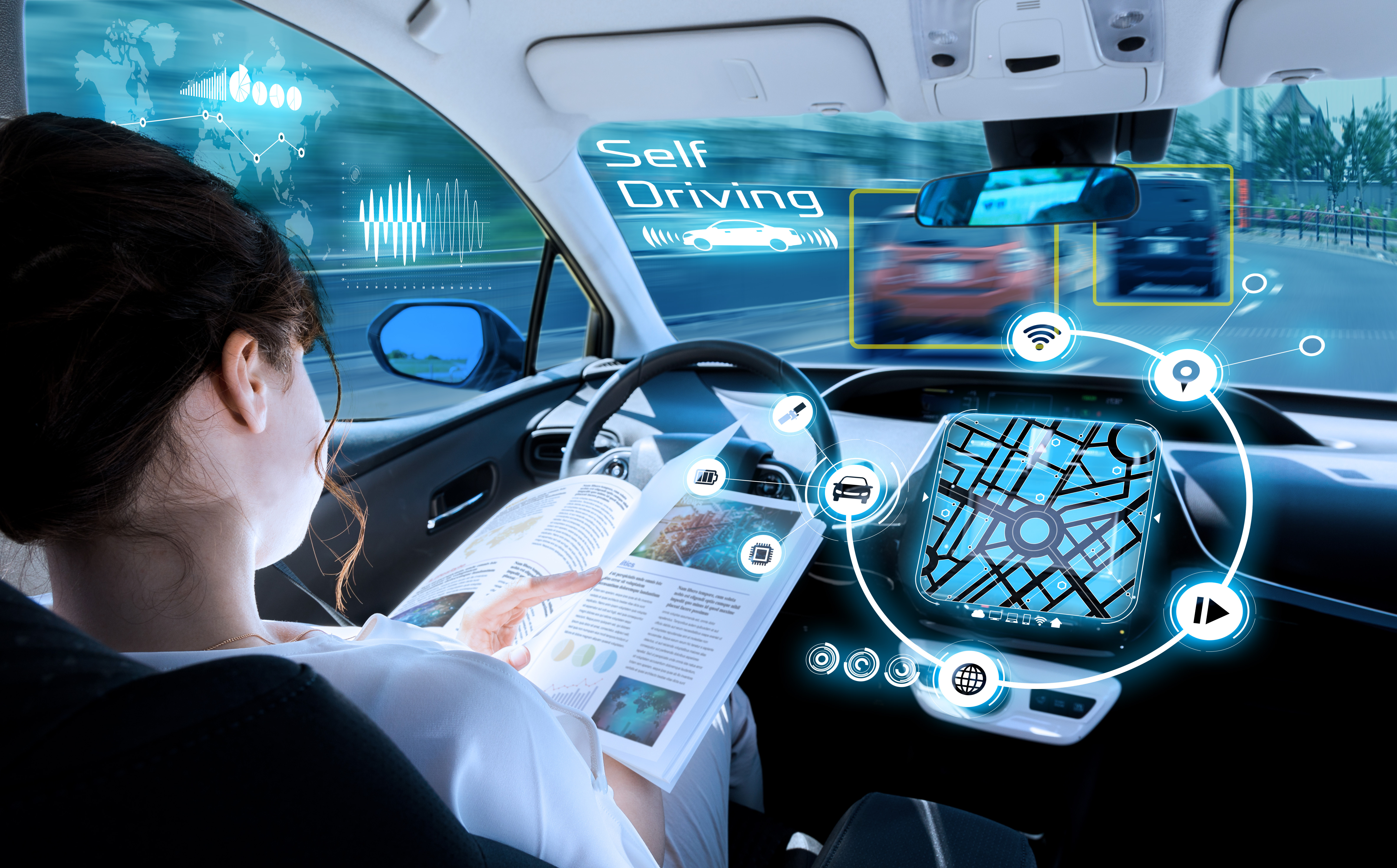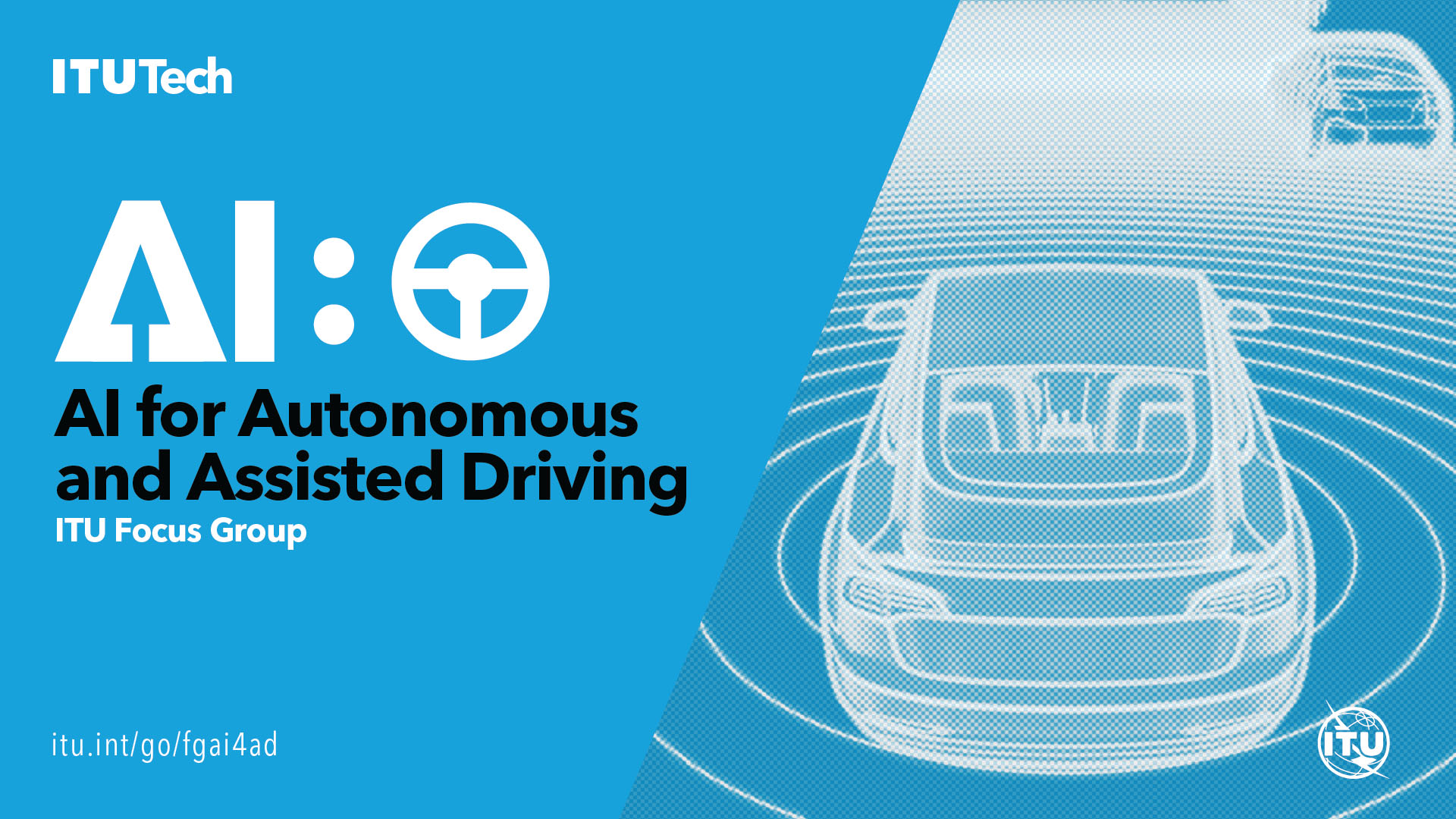Driving innovation in multimedia and smart mobility, ITU-T Study Group 21 develops gobal standards to accelerate the future of ITS and automated driving, building on the work of ITU-T Study Group 16.
SG21 activities related to ITS
Vehicle Gateway

A vehicle gateway is a device in vehicles that enables real-time, two-way communication between objects within and outside the vehicle (roadside station, cloud-based server, etc.). It provides inter alia standardized interfaces and protocols, communications across heterogenous network connections to maintain service continuity.
SG21 looks into vehicle gateways to support ITS, offering Recommendations in both the functional and the service aspects of vehicle gateways to the industry.
Vehicular multimedia
Vehicular multimedia refers to the use of multimedia technologies and applications within vehicles, such as cars, buses, trucks, and trains. Its applications include information, entertainment, vehicle control, display, and telematic applications. SG21 will build on the previous work conducted by ITU-TSG16, especially voice assistant, auditory interactions and smartphone infotainment assistant.
SG21 also sets standards for vehicular multimedia, fostering the growth of the infotainment industry through technical guidelines. It also studies network infrastructure, service platforms, and implementaion aspects of vehicular multimedia.

Automated driving
Artificial intelligence (AI) and emerging technologies are transforming transportation by reducing the cost of manned driving, enhancing driver efficiency, and enabling safer, smarter mobility. SG21 builds on published ITU-T Recommendations on approaches, requirements, and performance evaluation of AI systems for autonomous vechicles. Studies of a previous
Focus Groups on AI for Autonomous and Assisted Driving (FG-AI4AD), introduced "
The Molly Problem," which addressed ethical challenges in ensuring safety with autonomous vehicles. Now, SG21 will develop ITU-T
Recommendations aimed at implementing vehicular communication like V2X, focusing on standards for automated driving, including requirements, use cases, functional architectures, and interfaces.
Key deliverables from SG16 to Intelligent Transport Systems (ITS)
 FG-AI4AD
FG-AI4ADFG-AI4AD supported standardization activities for services and applications enabled by AI systems in autonomous and assisted driving, focusing on the behavioural evaluation of AI responsible for the dynamic driving task. FG-AI4AD aimed to create international harmonisation on the definition of a minimal performance threshold for these AI systems, such as AI as a Driver.
During its mandate
(17 October 2019 - 29 September 2022), three deliverables were published, which were transmitted to the ITU-T SG16 for consideration towards standardization:
-
FGAI4AD-01 "Automated driving safety data protocol – Specification"
-
FGAI4AD-02 "Automated driving safety data protocol – Ethical and legal considerations of continual monitoring"
-
FGAI4AD-03 "Automated driving safety data protocol – Practical demonstrators"
FG-VM was established to identify the need for new vehicular multimedia standards based on space and terrestrial network integration. FG-VM analyzed and identified gaps in the vehicular multimedia standardization landscape, and vehicular multimedia use cases, requirements, applications, interfaces, protocols, architectures, and security, leveraging from previous work done by ITU in this field.
During its mandate
(20 July 2018 - 1 September 2022), three deliverables were published, which were
transmitted to the ITU-T SG16 for consideration towards standardization: